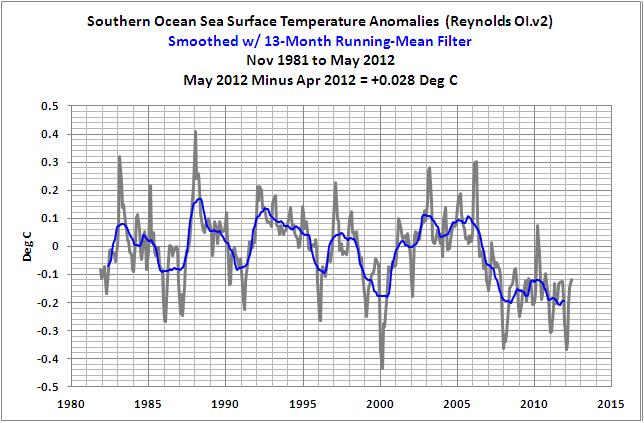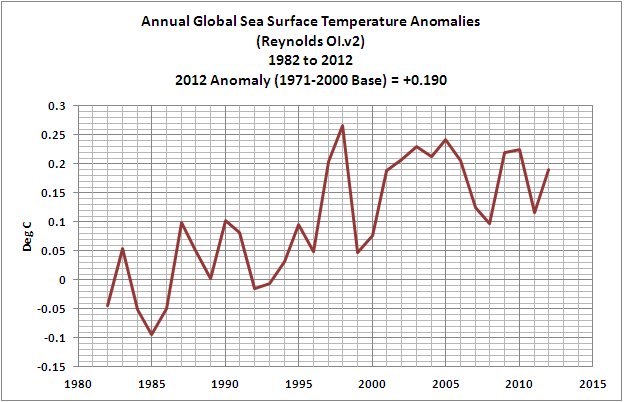ScienceRocks
Democrat all the way!
- Banned
- #41
Yeah... not a chance

Chart proves AGW is a fraud and the AGWCult is a mindless group of zombies.
Where was the "Warming" before it got to 700M?
Hmm? It wasn't above it
Think of the +- phases of the enso and how they effect global avg temperature. There's kind of your answer as the larger scale pdo is being researched for the pause.





